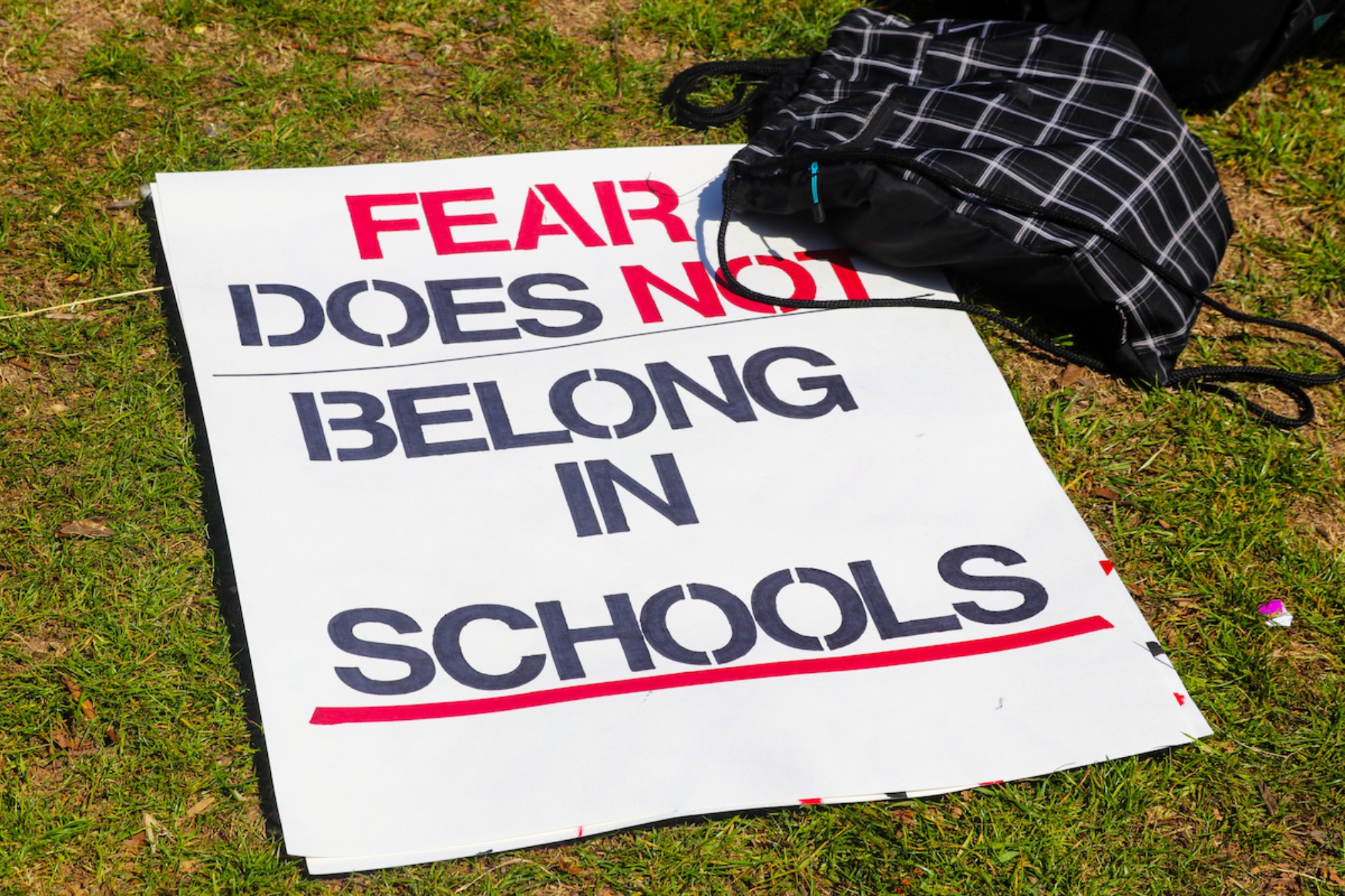Writing in the Los Angeles Times, faculty experts on gun violence from Teachers College and Columbia University Mailman Public School of Health call Tuesday’s Texas school massacre, a tragic reminder of the imperative for enacting evidence-based firearm violence prevention measures.
“Officials need to turn to evidence-based gun restrictions, which can help save lives through prevention, and stop reacting to massacres like the one in Uvalde with rhetoric and excuses promoted by the gun lobby,” write TC’s Sonali Rajan, Associate Professor of Health Education; TC’s Louis Klarevas, Research Professor; and Charles Branas, the Gelman Professor & Chair of Epidemiology at the Mailman Public School of Health.
“If there’s one thing better for public safety than a good guy with a gun, it’s a bad guy without a gun.”

Sonali Rajan, Associate Professor of Health Education; Louis Klarevas, Research Professor; and Charles Branas, the Gelman Professor & Chair of Epidemiology at the Mailman Public School of Health. (Photo: TC Archives and Columbia University)
The scholars’ shared research interests also led to the 2020 launch of the cross-campus Columbia Scientific Union for the Reduction of Gun Violence (SURGE).
Rajan, Klarevas and Branas in the L.A. Times lay out “proactive” strategies with the potential to deter death and injury in American schools, supermarkets, streets, subways and other spaces. They write, “There is strong evidence that these specific measures could reduce horrific acts of gun violence:
- “Bans on assault weapons and large-capacity magazines that hold more than 10 bullets have been shown to significantly reduce the frequency and lethality of mass shootings. In particular, when the federal assault weapons ban was in effect between 1994 and 2004, gun massacres resulting in six or more deaths fell by more than one-third. They nearly tripled after the ban expired.
- “Permit-to-purchase laws are known to reduce mass shooting violence. Research shows that in states where gun purchasers are required to be licensed and fingerprinted before obtaining a firearm, mass shootings occur at a much lower rate compared to states without such policies.
- “Extreme risk protection orders, also referred to as red flag laws, allow authorities or family members to petition a court if a loved one is believed to pose a threat to themselves or others, and to request that the person in question be temporarily dispossessed of their firearms. Early research around these orders is encouraging, with people who threatened to commit a mass shooting ultimately not resorting to firearm violence after being subjected to the order.
- “Restrictions on the kinds of firearms those younger than 21 can purchase also offer promise. The alleged Robb Elementary gunman reportedly bought his assault rifles just a few days prior to the shooting, right after he turned 18. Approximately 20% of active shootings at K-12 schools are committed by people between 18 and 20. By limiting this age group to ownership of long guns traditionally used for hunting, mass shootings could be significantly reduced.
- “Finally, as approximately 3 out of 4 school shooters who are under 18 obtain their firearms from home (or a relative’s home), safe storage and child-access-prevention laws — which require that firearms be unloaded and locked when unattended in the home — can be beneficial in preventing school shootings. Broader studies indicate that such laws also reduce gun theft, firearm suicide and unintentional shootings.
